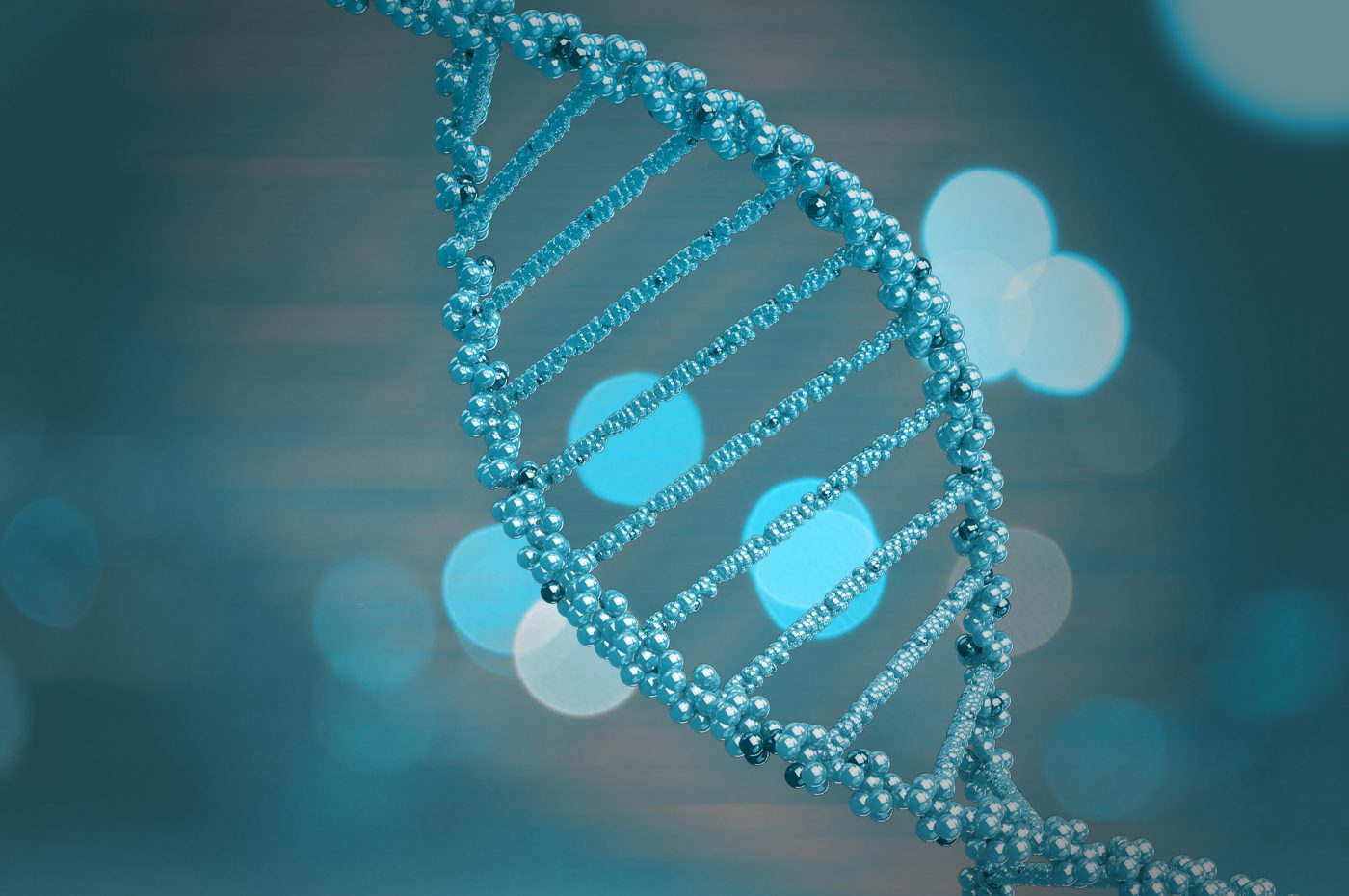Messenger RNA Seen as Potential New Treatment Target in Huntington’s
Written by |

Researchers identified a new molecular mechanism related to mutant huntingtin (HTT) — messenger RNA — that may play a role in the development of Huntington’s disease. This finding may help define new therapeutic approaches to tackle the disease.
The study, “Targeting CAG Repeat RNAs Reduces Huntington’s Disease Phenotype Independently Of Huntingtin Levels”, was published in the Journal of Clinical Investigation.
Huntington’s disease is caused by the presence of excessive repeats of a portion of DNA, called CAG triplets, within the gene that codes for HTT. While healthy individuals may have up to 36 CAG repeats, individuals with more than this number of repeats develop the disease. The presence of too many CAG repeats in the gene disrupts the proper production of the HTT protein, causing it to work defectively. The final protein is mutated, and scientists believe that this is what triggers the onset of Huntington’s disease.
However, recent evidence has shown that the presence of CAG repeats in the gene affects both the protein and the messenger RNA (mRNA; the molecule responsible for carrying the information stored in the gene needed to produce the corresponding protein). In other words, the mRNA of mutated HTT may also contribute to disease pathology.
Indeed, researchers observed that by blocking expression of the mutated mRNA led to improved motor skills in mice with Huntington’s. Treated mice also showed a pronounced recovery in the levels of neuronal markers of damage in the striatum (one of the brain areas affected by Huntington’s) and increased neuronal protection.
“What we have observed in our study is that the mutated fragment acting as a conveyor — the so-called messenger RNA — is key in the pathogenesis,” Dr. Eulàlia Martí, lead author of the study, said in a news release. “The research on this disease being done by most groups around the world seeking new therapeutic strategies focuses on trying to prevent expression of the mutated protein. Our work suggests that blocking the activity of messenger RNA (the ‘conveyor’) would be enough to revert the alterations associated with Huntington’s disease. We hope this will contribute to improving the strategies in place to find a cure.”
Results obtained in the study confirm that the presence of CAG repeats in the HTT gene lead to the production of a mRNA molecule that not only will produce a mutated protein, but will also contribute to other processes of damage.
“The research we have just published points to RNA’s clear role in Huntington’s disease. This information is very important in translational research to take on new treatments,” said Martí.
The identification of other mechanisms underlying the development of Huntington’s disease opens new possibilities of targeted therapies, in this case targeting the mutated mRNA. Future studies are warranted to analyze whether targeting this mechanisms brings the same response in patients it did in animals, and whether it might work as a preventive therapy, as Huntington’s symptoms usually appear later in life (after age 40).





